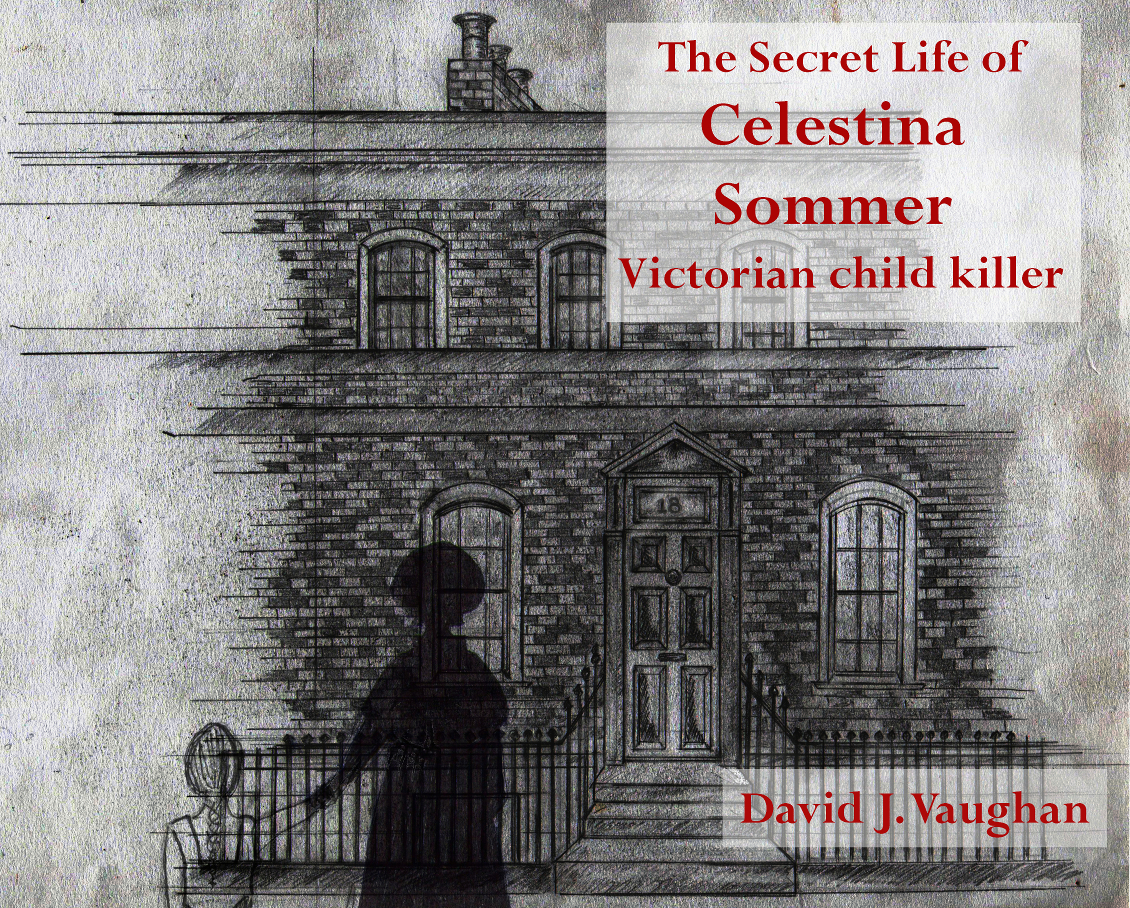A BATTLE OF IMPLEMENTATION
These measures met with varying degrees of success. The settlement of Italians from other regions was encouraged through the building of thousands of new houses, especially in Bolzano. However the tricky terrain of high mountains and deep valleys hindered repopulation and prevented the new arrivals, especially from the south, warming to their new environment. The planned substitution of the German clergy with Italians failed because of the opposition from the Vatican. Another move that met with opposition was the ban on teaching in German - either in schools or in private lessons. School books were ‘cleansed’ of everything referring to German customs, traditions or history. The singing of German ‘Lieder’ was considered dangerous to the Kingdom of Italy. German teachers were systematically dismissed on the grounds of ‘insufficient didactica’, or transferred to the south, from where Italian teachers were recruited instead. One vehement critic of this policy was the priest, Canon Michael Gamper, long time editor of the newspaper Volksbote. In 1925 he used his paper to call for a continuation of German education, writing that it was their duty to imitate the early Christians who found refuge in the catacombs of Rome.
The clandestine establishments he encouraged became known as ‘Katakombenschulen’ or ‘catacomb schools’. A shortfall in suitable teachers was overcome by recruiting young women, without families or responsibilities. The first group of 25 teachers received training in Bolzano in 1925 under the auspice that they were part of a sewing circle. More young girls were approached until around 500 volunteers were eventually trained, usually by local clergymen and often in secret. Most of the teaching took place in barns, attics, kitchens or ‘stube’- the living rooms of rural houses. Up to five children at a time, sometimes 30 per day, received instruction in reading and writing in German. Often girls would arrive with knitting to disguise their true intentions but would leave having learned a new Tyrolean song. Books of fairy tales and songs were supplied by German cultural societies, and were smuggled from Austria, hidden in religious buildings and then taken from school to school. For the children of the catacomb schools, who also attended Italian public schools, there was a confusion of identity that lingered long in to their lives.
After initial difficulties, secret seminars for the instruction of teachers were organized throughout the province, usually under the protection of the Catholic Church and from 1931 were also held as far afield as Munich. Despite the risks, there were many prepared to take them. One such teacher, Angela Nikoletti, has been hailed as a regional Joan of Arc. She received several warnings to stop but continued to teach undeterred. She was arrested on May 14, 1927 and sentenced to 30 days in prison. During her imprisonment she contracted tuberculosis, which worsened when she was banished from her home community on her release and forced to hide in a cave. Only once her weak condition had been diagnosed was she allowed to return home to live with her aunt. However, she was to die from her illness and her death created an almost myth-like legacy. In October 1930 her funeral turned in to a public rally and five years later a newspaper wrote: “She had given her life for her homeland. Her German heart could bear no bonds.”
RESISTANCE
Between 1928 and 1939 various resistance groups formed to fight the fascist Italian regime and its policy of suppressing the German language. Catholic media and associations resisted the forced integration under the protection of the Vatican. The underground resistance movement, the Völkischer Kampfring Südtirols, was formed by a Nazi Party member and tailor from Bolzano, Peter Hofer. Then on October 21, 1939, Mussolini reached an agreement with Hitler that all inhabitants had until December 31, 1939 to choose between remaining in the region, accepting complete Italianization, or emigrating to Nazi Germany (including annexed Austria), the so-called "Option für Deutschland" (option for Germany). The population was deeply divided. Those who wanted to stay (Dableiber) were condemned as traitors; those who left (Optanten), the majority, were defamed as Nazis. Hitler commented on a plan to relocate the ‘Optanten’ to Crimea (annexed to Greater Germany) in 1942: “the transport of South Tyrolese to Crimea offers no special physical or psychological difficulties. They need only make a voyage down a German stream, the Danube, and they’d be right there”. But most were to be resettled in German-annexed western Poland.
The National Socialists put their successful propaganda machine into action, launching a campaign to encourage the South Tyrolean population to ‘opt’ for resettlement. Lies were deliberately spread amongst the people to incite hatred against one another, resulting in entire families being ripped apart and resentments resonating for many decades. The majority of people succumbed to Nazi pressure with 86% choosing resettlement - thus began a program of ‘ethnic cleansing’. The Optanten banded together in the Arbeitsgemeinschaft der Optanten für Deutschland (Association of optants for Germany or ADO) that was founded on January 30, 1940 under the ubiquitous Peter Hofer. Those who chose to stay, the Dableiber, mainly banded together around local Catholic priests. The first families left their homeland in 1939, and up to 1943 a total of around 75,000 South Tyroleans emigrated (the original numbers curtailed by the outbreak of war), of which 50,000 returned after the war.
SWEET REVENGE?
In September 1943 Mussolini was deposed and Italy surrendered to the Allies who had invaded the country from the south. From the north the German Wehrmacht poured in its troops. On September 10, 1943 the Operation Zone of the Alpine Foothills was established, incorporating South Tyrol. The ADO was dissolved and joined with the Deutsche Volksgruppe. Peter Hofer was chosen as the Volksgruppenführer. Many German-speaking South Tyroleans, who had suffered years of linguistic oppression and discrimination by Fascist Italy, wanted revenge upon the ethnic Italians living in the area, particularly in the larger cities. There were also attempts to arrest fleeing Italian soldiers and attacks on the Dableiber. However, wide scale retribution was discouraged by the occupying Nazis who feared alienating Mussolini and the Italian Fascists. The man once described by Hitler as a ‘strutting peacock’ had been rescued from his high altitude imprisonment on the Gran Sasso by German paratroopers and had been instated as the puppet head of an Italian Social Republic in Salo. One sector of the community not considered safe, however, was the Jewish population, especially the large contingent of foreign Jews living in Merano. On September 16, 1943, the Nazis sent the first group of Merano Jews to Auschwitz.
Owing to its mountainous terrain and its remoteness, the region managed to escape much of the fighting between Allied and German forces as the former swept through the country. But the history of this tranquil region remained troubled. In summer 1944, a concentration camp was established in Bolzano, hosting around 11,000 prisoners. The area also became an extension of Switzerland as a dumping ground for Nazi lootings. The US 88th Infantry Division which occupied South Tyrol from May 2, 1945 uncovered vast amounts of precious items and looted art treasures. Among the items reportedly found were railway wagons filled with gold bars, hundreds of thousands of meters of silk, the Italian crown jewels, King Victor Emmanuel's personal collection of rare coins, and scores of works of art looted from art galleries such as the Uffizi in Florence. Furthermore, from this mountainous area, the Nazis attempted to wreck the British economy. Castello Schloss Labers (located above Merano) was used by an SS Task Force for ‘Operation Bernhard’, a plan to undermine the British economy by the mass production of fake pound notes using inmates of concentration camps as counterfeiters.
Fears the Germans might use the region as a last-ditch stronghold to fight to the bitter end were not forthcoming and following the German surrender in May 1945 Austria and Italy came to an agreement ratified under the Paris Peace Treaty that Austria would give up its claim to the region on the condition that Italy took steps to redress some of the cultural damage perpetrated under Fascism. None of the ADO leaders were tried for their crimes. Peter Hofer himself was killed during an Allied bombing raid on Bolzano in December 1943. Amongst the plethora of wreaths sent to his funeral was one from Hitler. Alto-Adige is now the wealthiest province of Italy, proud of its bi-lingualism, its diverse architecture, culture and traditions, yet for some the divisions are still raw and its troubled history too recent.
Helen Saker-Parsons is the author of a book about an Allied soldier who is captured and held prisoner in Italy during World War II. The fascinating book, A Captive Life, is available here: Amazon US | Amazon UK
Helen has also written a historical fiction book related to World War I, Searching for Cecil. It is available here: Amazon US | Amazon UK
As always, your feedback is welcome below. Alternatively, like the article, tweet about it, or share it by clicking on one of the links below.






















